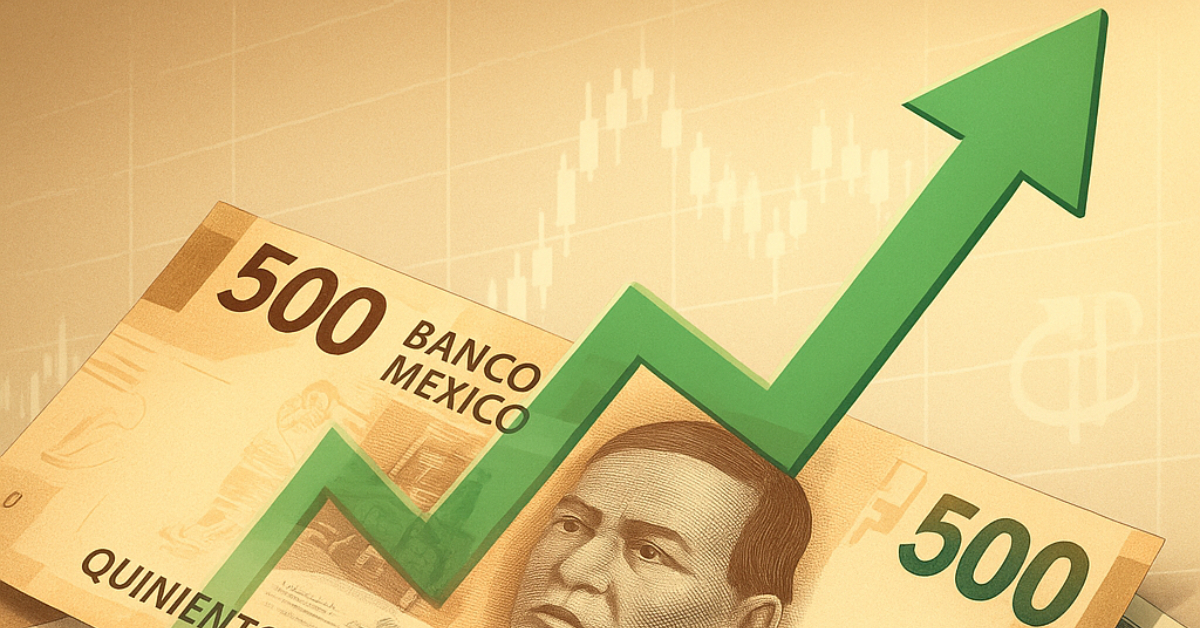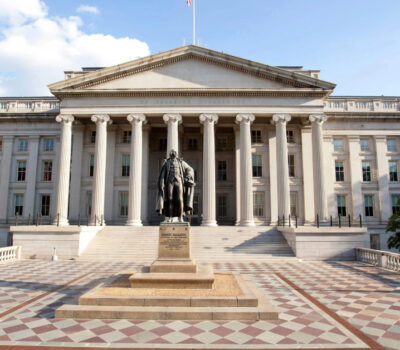The Mexican peso rose for a fourth consecutive session, closing at 18.8623 per dollar after Banxico cut interest rates to 8% and global sentiment improved.
The Mexican peso posted its fourth consecutive day of gains against the U.S. dollar on Thursday, closing at 18.8623 pesos per dollar, supported by a widely anticipated interest rate cut by Banxico and mixed economic indicators in the United States.
According to official figures from the Bank of Mexico (Banxico), the local currency strengthened 6.21 cents, or 0.33 percent, from Wednesday’s close of 18.9244 pesos per dollar. The dollar traded in a daily range between 18.9400 and 18.8471 pesos.
The peso’s upward momentum came on the heels of a 50-basis-point cut to Mexico’s benchmark interest rate, bringing it down to 8%, its lowest level since 2022. This marks the fourth such cut in recent months, aligning with market expectations.
Banxico signaled that it would take a data-driven approach to future rate decisions, weighing additional cuts based on inflation trends and economic performance. The central bank’s policy statement acknowledged the slowdown in inflation, though it remains above target.
Mexico’s general consumer price index eased slightly in the first half of June, registering 4.51% year-on-year, down from 4.62% in late May. While this is a positive development, it still surpasses Banxico’s target range of 3% ± 1%, keeping monetary authorities cautious.
The peso’s rally this week has been fueled not only by domestic monetary policy but also by shifts in global market sentiment. Risk appetite improved after a de-escalation of hostilities between Israel and Iran, boosting emerging-market currencies. Since Friday, the peso has gained a total of 30.60 cents, or 1.60%, from 19.1683 pesos per dollar.
Meanwhile, in the U.S., data released Thursday showed a deeper-than-expected contraction in first-quarter GDP, which raised questions about the pace of economic recovery. However, jobless claims data surprised to the downside, with fewer people filing for state unemployment benefits than forecasted.
The mixed U.S. data contributed to a decline in the Dollar Index (DXY), which fell 0.41% to 97.30 points. The DXY tracks the dollar’s performance against a basket of six major currencies, and its weakness tends to benefit emerging market currencies like the peso.
Analysts said the peso’s recent performance is a result of both external and internal factors, with easing geopolitical tensions and a weaker dollar creating favorable conditions for gains. Still, with Mexico’s inflation above target and the global economy on uncertain footing, further appreciation of the peso could face headwinds.
“Markets are cautiously optimistic,” one analyst said. “The rate cut was expected, inflation is trending in the right direction, and global risk sentiment is better. But there are still many variables in play.”
Looking ahead, traders will continue to monitor Banxico’s signals closely, especially its stance on inflation and rate adjustments. Additionally, economic data out of the U.S. will remain a key driver of short-term peso movements, especially as the Federal Reserve weighs its own monetary policy shifts.
For now, the peso has regained some footing after a rocky few weeks, supported by a more stable outlook both at home and abroad.
The Mexican peso rose for a fourth consecutive session, closing at 18.8623 per dollar after Banxico cut interest rates to 8 . . .











